SGGP
In terms of advantages, virtual telecommunications networks (Mobile Virtual Network Operator - MVNO) do not have to invest in infrastructure, but only buy traffic from network operators with infrastructure, then do business.
Thus, MVNOs only focus on designing products that are suitable for customers and will target the right market, not the mass market like network operators.
Licensed 5 virtual mobile networks
In June 2023, the Ministry of Information and Communications granted an MVNO license to FPT Retail Joint Stock Company. With the advantage of a large distribution channel and digital ecosystem, and the technological strength of its parent company FPT, FPT Retail's MVNO network is expected to attract and convince users. Previously, the Vietnamese market had MVNOs including: iTel (belonging to Indochina Telecom Joint Stock Company, with prefix 087), Wintel (Masan Group, prefix 055), Local (Asim Telecommunications Joint Stock Company, prefix 089), VNSKY (belonging to the VNPAY ecosystem, with prefix 0777).
Mr. Nguyen Van Dung, Director of VNSKY mobile network, said that with the explosion of online connection, learning, entertainment and business platforms, the first SIM with traditional telecommunications services is no longer enough to meet the increasing demand for mobile data of consumers. The presence of VNSKY with the position of a second SIM brings large data with cheap rates, helping customers have more choices to connect unlimitedly to the digital world every day.
 |
Children use smart devices connected to the internet. Photo: HOANG HUNG |
Currently, the cheapest package of MVNO network in Vietnam is the "Data 6GB" package of VNSky network. This package costs 27,500 VND, including 6GB of high-speed data, 1,000 free minutes of calling within VNSky and MobiFone network, and 50 free minutes of calling outside the network for users who need to use data and basic voice calls. Meanwhile, the cheapest package of "traditional" mobile network in the Vietnamese market is the "ST5K" package of Viettel network, priced at 5,000 VND, including 500MB of high-speed data, and 50 free minutes of calling within Viettel network. "If choosing the optimal price, I can choose the 6GB Data package of VNSky network for studying and entertainment...", Son Thanh, a student at Ho Chi Minh City Open University, expressed his opinion.
According to the Ministry of Information and Communications, the Vietnamese mobile telecommunications market currently has nearly 130 million subscribers. Of which, the three major mobile networks, Viettel, VinaPhone and MobiFone, account for about 95% of the market share; the rest belongs to Vietnamobile and MVNOs. MVNOs alone currently have about 2.6 million subscribers, accounting for nearly 2% of the total number of mobile subscribers in Vietnam.
Variety of services
Globally, the subscriber market share of MVNO networks accounts for 15%-20% and is showing signs of increasing, with MVNO revenue expected to reach about 123.4 billion USD by 2028. In Vietnam, with the investment of large economic groups, MVNOs have shaped their brands and business models. First is Bitexco with the iTel network, followed by Masan with Wintel and VNPAY with VNSKY. All 3 MVNOs are gaining brand recognition and developing subscribers quite well.
With iTel, after 3 years of entering the market, there are about 1 million subscribers generating regular fees and have made tens of billions of VND in profit. In the first quarter of 2023, Wintel developed more than 122,000 subscribers, achieving revenue of 16.48 billion VND, an increase of 457% over the same period in 2022. VNSKY aims to connect 5 million users by 2025 and become one of the 5 largest MVNOs in Vietnam...
MVNO is no longer a new concept. However, the number of more than 2.6 million MVNO subscribers is a modest number, the services that virtual network operators are providing are also relatively limited, there are no services that really create strengths. To promote MVNO development when there is a mobile network with very fast Internet access speed and a large coverage area of more than 89% of the population, telecommunications experts recommend that MVNOs should seek to provide Internet-based services that really benefit users, such as financial services, learning services, and market-related services that large network operators do not provide.
According to Mr. Nguyen Phong Nha, Deputy Director of the Department of Telecommunications (Ministry of Information and Communications), the Vietnamese mobile market currently has low ARPU (average revenue per user) and is facing strong competition from OTT services. Therefore, the participation of virtual telecommunications network operators in providing services is expected to contribute to diversifying the types of services serving digital transformation, in the fields of finance, education, health, entertainment, etc.
“In the process of amending the Telecommunications Law, we have included the capacity wholesale policy in the Telecommunications Law to create a more organized and easier legal corridor for network operators to negotiate with each other in the process of purchasing traffic as well as providing high-quality services at good prices,” Mr. Nguyen Phong Nha added.
According to the Ministry of Information and Communications, compared to other countries in the region, the number of MVNO enterprises in Vietnam is still limited, the market is not yet developed. There are currently about 1,300 MVNO enterprises operating in 79 countries in the world; of which Europe has 585 enterprises, Asia - Pacific has 129 enterprises, North America has 107 enterprises. Currently, some countries have large market shares of MVNO enterprises such as: Japan has 83 enterprises (market share 10.6%); America has 139 enterprises (4.7%); Germany has 135 enterprises (19.5%); Australia has 66 enterprises (13.1%); Korea has 44 enterprises (12%)... Countries in the region also have a developed MVNO market, bringing many new services to users, such as Thailand has 12 enterprises, Malaysia has 8 enterprises...
Source



![[Photo] Prime Minister Pham Minh Chinh chairs meeting to remove difficulties for projects](https://vstatic.vietnam.vn/vietnam/resource/IMAGE/2025/3/30/7d354a396d4e4699adc2ccc0d44fbd4f)




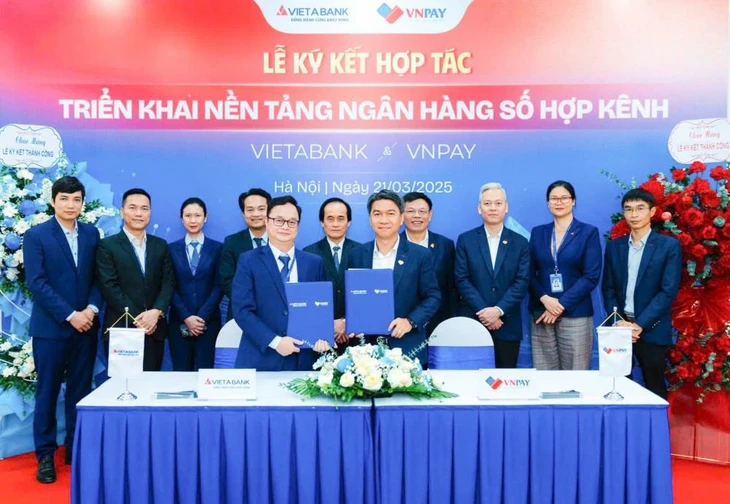



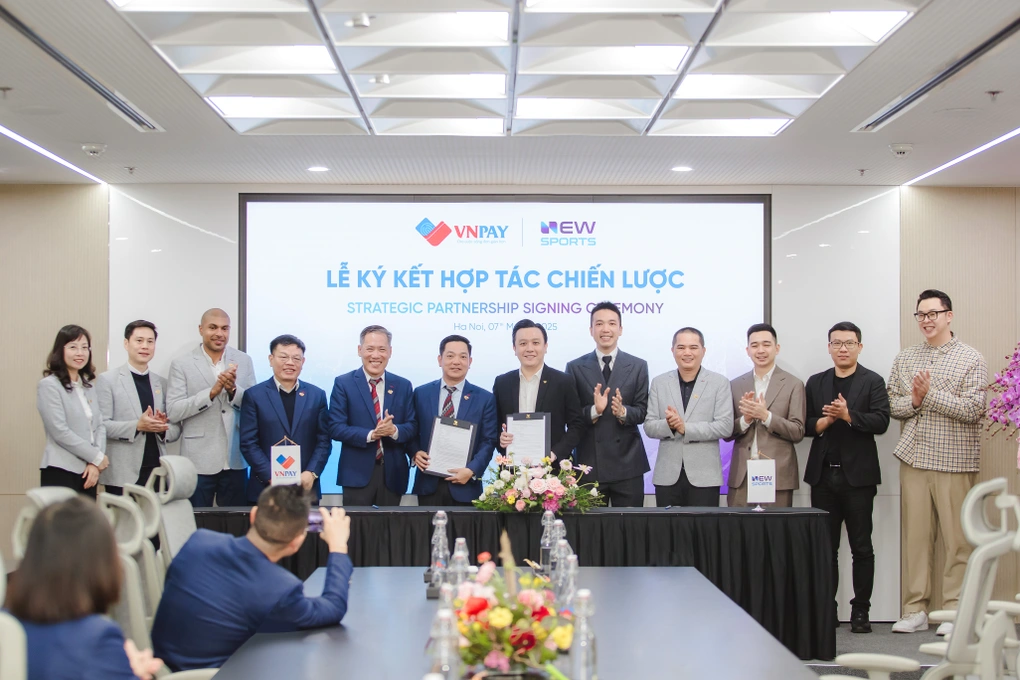



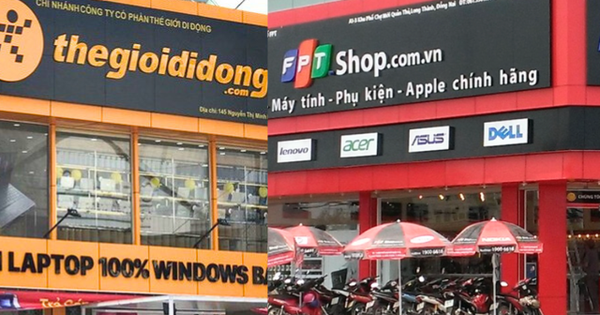

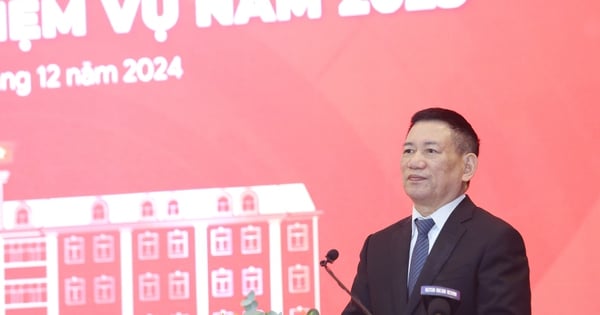














![[Photo] Dong Ho Paintings - Old Styles Tell Modern Stories](https://vstatic.vietnam.vn/vietnam/resource/IMAGE/2025/3/29/317613ad8519462488572377727dda93)
![[Photo] Prime Minister Pham Minh Chinh chairs meeting to urge highway projects](https://vstatic.vietnam.vn/vietnam/resource/IMAGE/2025/3/29/6a3e175f69ea45f8bfc3c272cde3e27a)











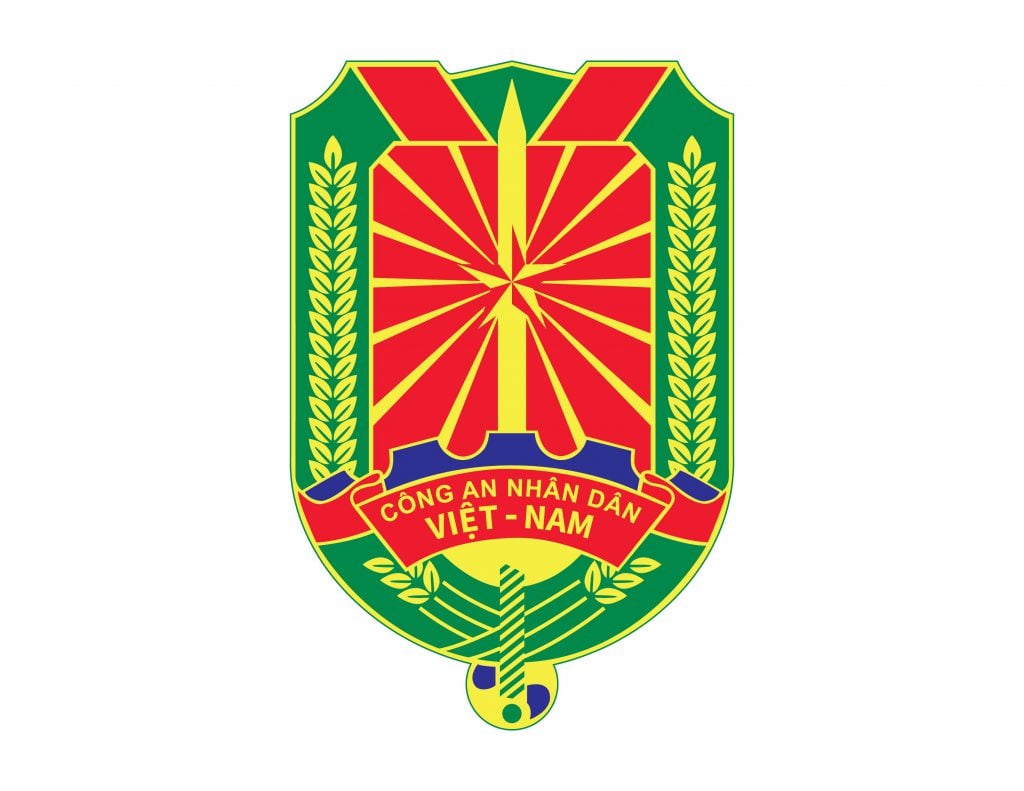





















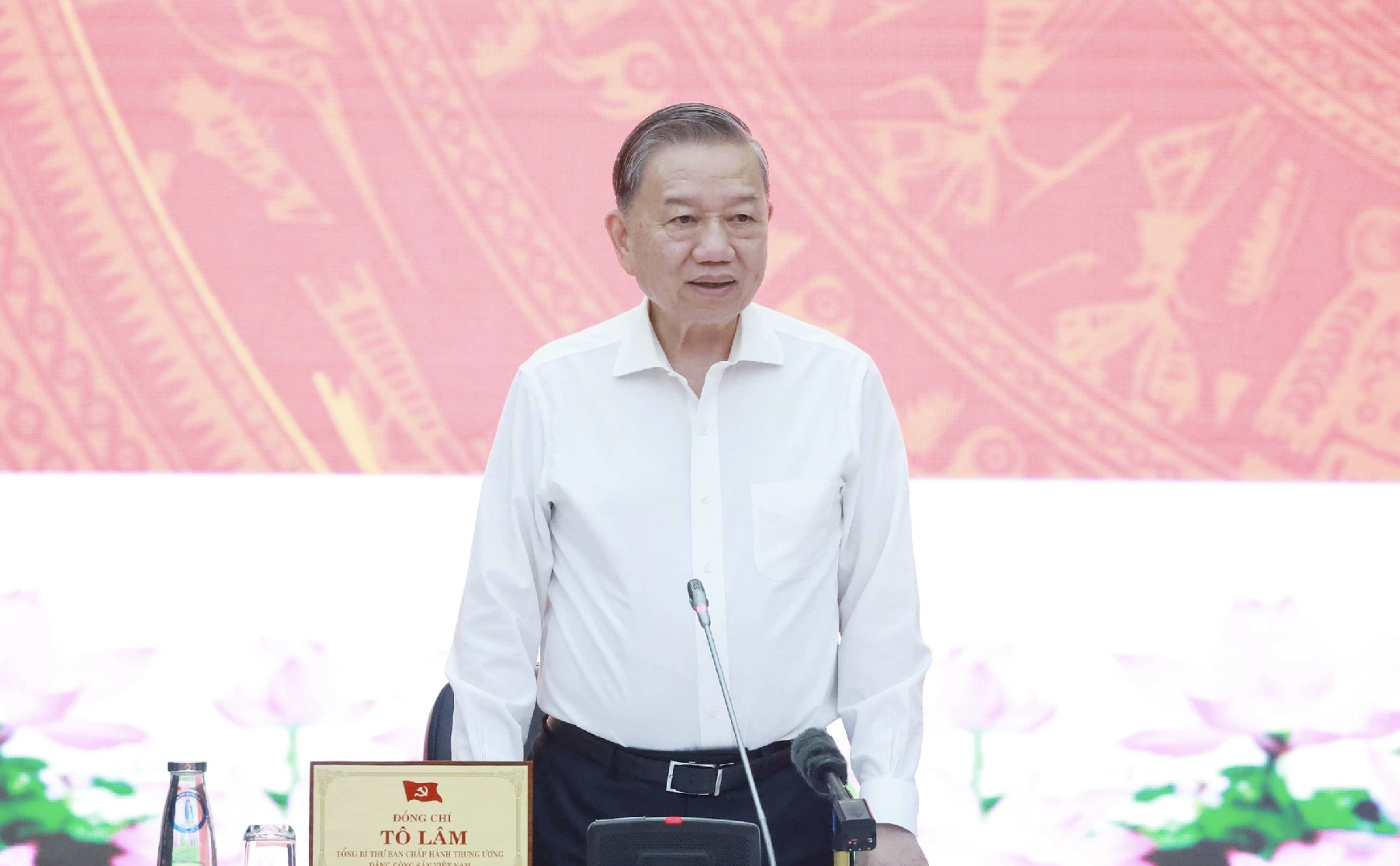





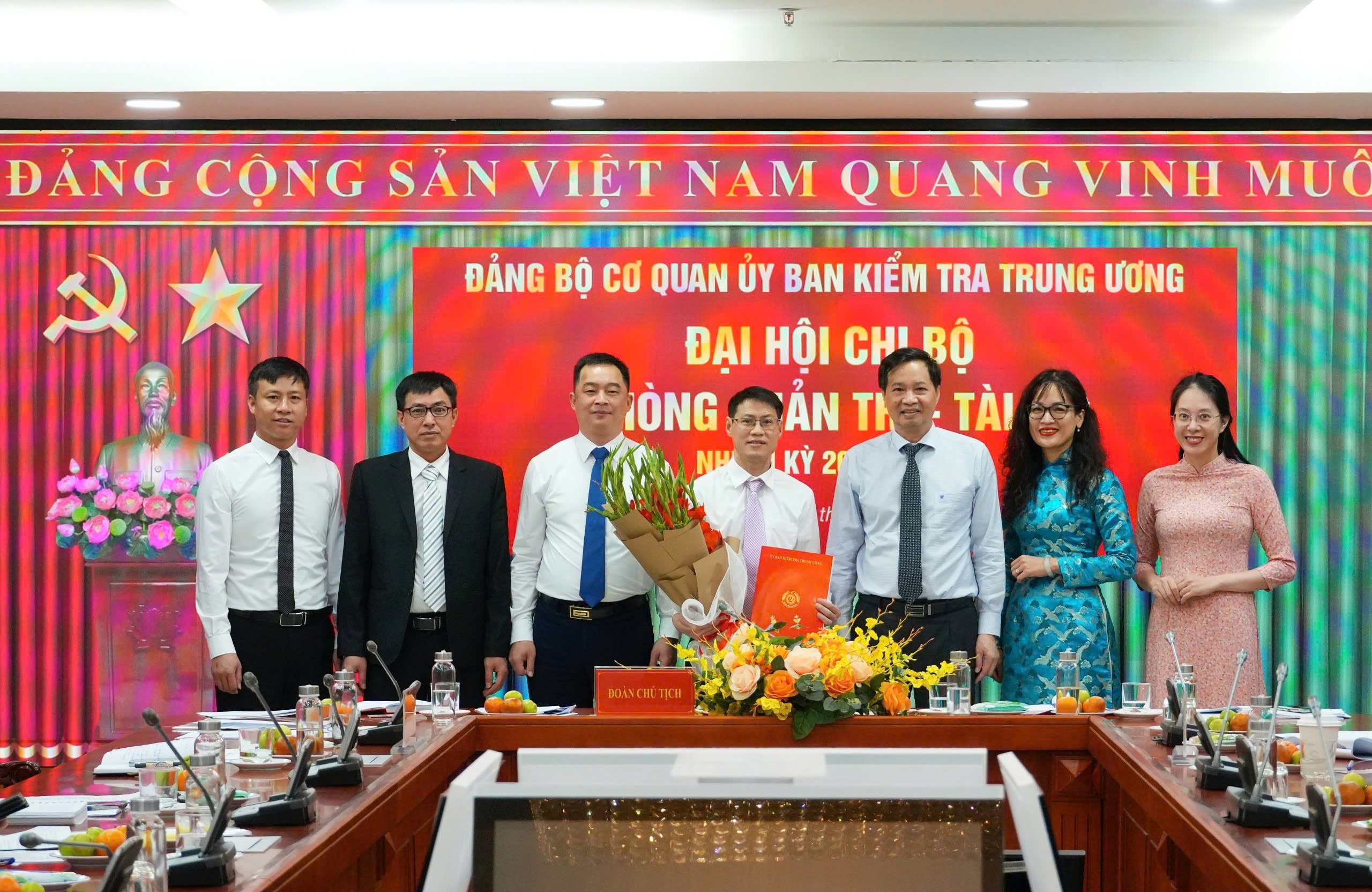
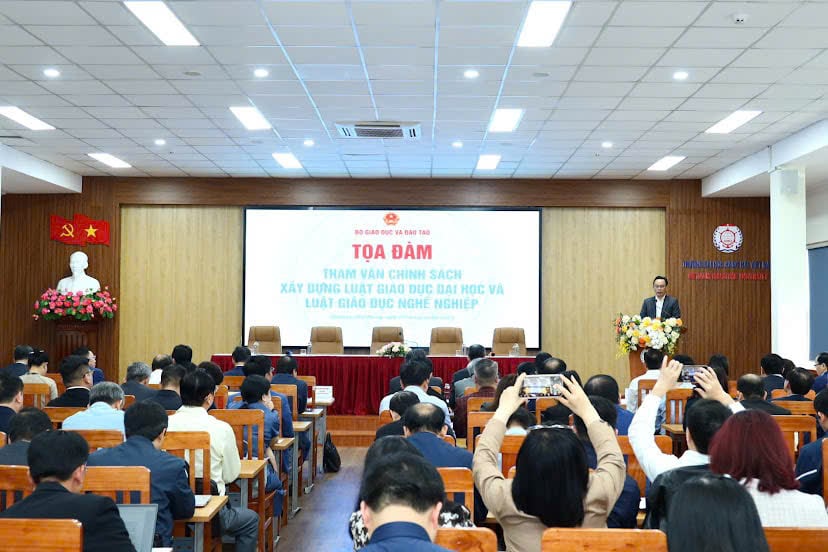

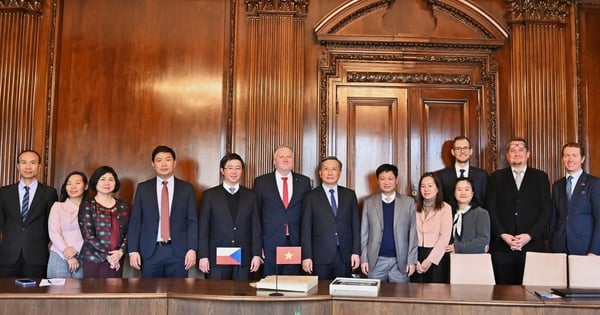

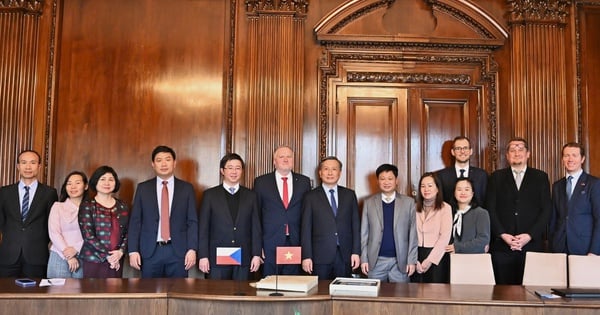
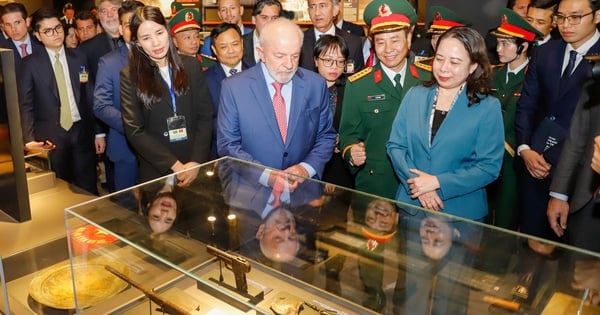

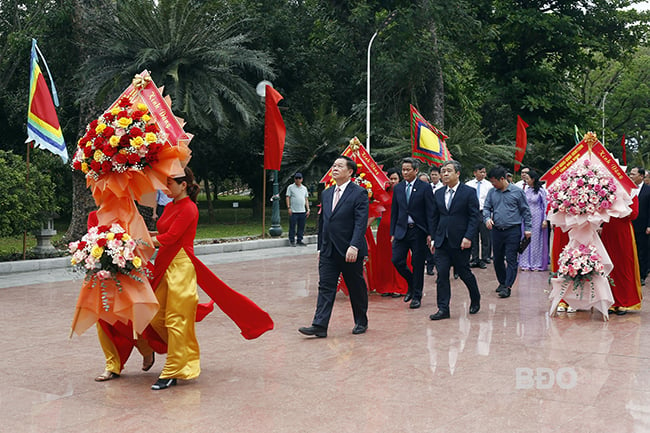









![[REVIEW OCOP] An Lanh Huong Vet Yen Cat](https://vstatic.vietnam.vn/vietnam/resource/IMAGE/2025/3/27/c25032328e9a47be9991d5be7c0cad8c)







Comment (0)